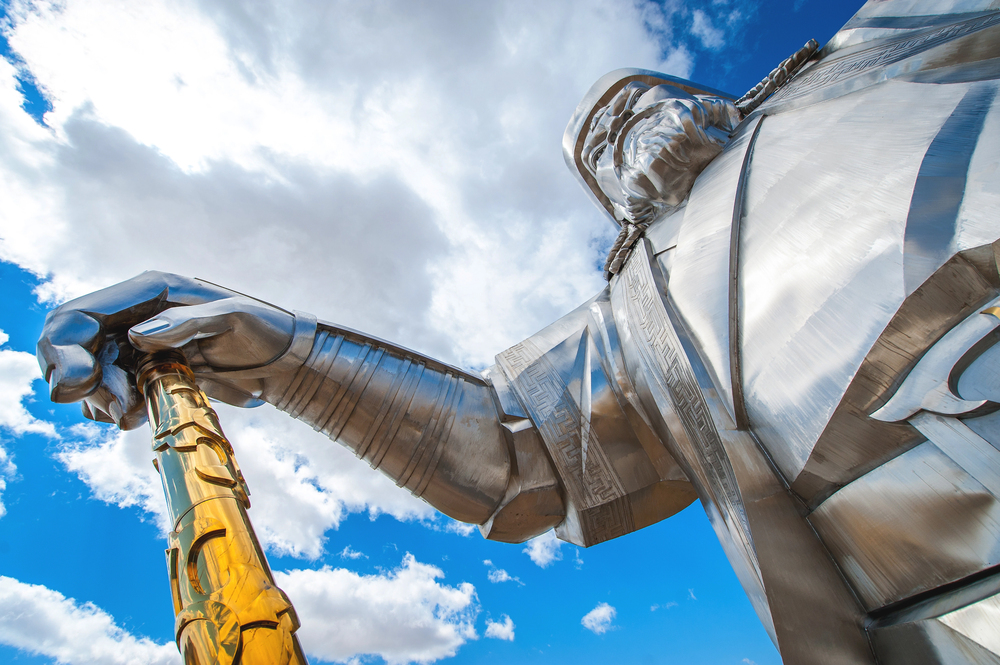The Influence of the Silk Road on Global Trade and Politics
Liam Reed
2025-10-18
6 min read

The Silk Road remains one of history's most iconic trade routes. Spanning thousands of miles, it connected Asia, Europe, and Africa, influencing not only the exchange of goods but also the intellectual and political landscapes of the ancient world. This historic network of paths thrived for centuries, creating a lasting legacy still evident in modern trade, diplomacy, and culture. This blog explores how the Silk Road shaped global trade and politics, highlighting its profound impact on commerce, cultural exchange, political landscapes, and even modern trade networks.
The Lifeline of Ancient Trade
At its core, the Silk Road functioned as a trading corridor that facilitated the exchange of goods, ideas, and technologies. Spanning deserts, mountains, and plains, the Silk Road began in Xi’an, China, extending westward through Central Asia and eventually reaching the Mediterranean. Though silk was its namesake commodity, a diverse range of goods traveled along this network. Spices, precious metals, jade, porcelain, paper, and textiles flowed east and west. The trade wasn’t just about physical goods; it was about innovation. For example, paper-making and printing, which originated in China, were disseminated across the Middle East and Europe thanks to the Silk Road. These advancements played a significant role in enhancing communication and record-keeping in civilizations far from the technology's origin, ultimately contributing to global progress. What’s striking about the Silk Road trade system is how it adapted over centuries. Even when political powers shifted, with empires rising and falling, the trade network remained robust, proving its resilience against the backdrop of global change.
A Conduit for Cultural Exchange
The Silk Road was not just a marketplace but a vibrant melting pot of cultures. With merchants, scholars, and travelers passing through its routes, this corridor became an artery for the spread of ideas, religions, and art. Cultural exchange flourished as diverse civilizations interacted, leaving lasting impacts on one another. For instance, Buddhism spread from India to China via the Silk Road. Monks and pilgrims carried not only texts and religious artifacts but also adapted teachings to resonate with the regions they passed through. Similarly, Zoroastrianism, Islam, and Christianity found followers and adapted to new contexts along the route. Artisans were also influenced by the exotic materials and styles encountered along the Silk Road. Chinese ceramics adopted Middle Eastern patterns, while Greco-Roman sculpture gained Eastern motifs. These exchanges laid the foundation for cross-cultural understanding, proving that trade routes could be forums for mutual learning and co-creation.

Shaping Political Alliances and Diplomacies
Beyond trade and culture, the Silk Road played a crucial role in shaping international politics. Its prominence required the cooperation of empires along its path, resulting in complex political alliances and rivalries. Maintaining the stability of these routes became a priority for leaders seeking economic power and wealth. One of the standout examples of Silk Road diplomacy is the Han Dynasty’s efforts to establish relationships with Central Asian states. To protect and promote trade, they strategically aligned with smaller kingdoms, laying the groundwork for political stability in regions fraught with conflict. Similarly, the ancient Persian Empire used its control of certain routes to influence trade prices and maintain economic leverage. Nomadic tribes and city-states also became vital players as intermediaries in the balance of power across Eurasia. By creating interdependencies, the Silk Road established the concept of international diplomacy long before it became an institutional practice. These relationships set precedents for trade negotiations and alliances in centuries to follow.
Legacy of the Silk Road in Modern Trade
The influence of the Silk Road endures in today’s globalized trade networks, where supply chains span continents. Many modern infrastructure projects, like China’s Belt and Road Initiative (BRI), echo the Silk Road’s ambition to connect nations, facilitate commerce, and uplift economies. While the Silk Road was physically dismantled with the rise of maritime trade routes in the Age of Exploration, its legacy lives on in the ethos of open exchange and collaboration. Economic globalization today owes much to this ancient system, reminding us of the foundation laid for cross-border interactions and a global marketplace.
Uniting the World Through Trade
The Silk Road was more than an ancient trading network. It was a bridge between continents, cultures, and civilizations, with a lasting influence on global trade, politics, and diplomatic relations. Beyond its function as a route for commerce, it fostered cultural understanding, innovation, and cooperation that has shaped the world we live in today. Looking at the Silk Road, we are reminded that trade is not merely about the movement of goods but also about enabling connections and building relationships. The challenges and successes of this ancient network offer valuable lessons as we navigate the complexities of global trade and politics in the modern era.



